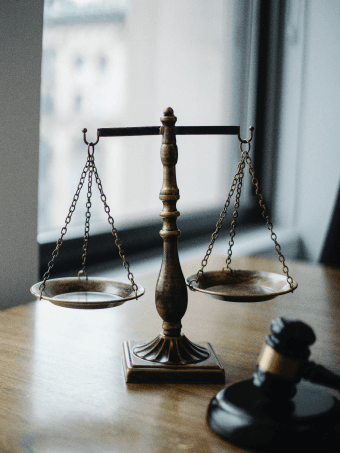Distinctiveness
The distinctiveness of a trademark is a fundamental aspect of its registrability. Trademark law generally grants protection to distinctive marks that are capable of distinguishing goods or services from others in the marketplace. When evaluating distinctiveness, consider the inherent nature of your mark. Is it arbitrary, fanciful, suggestive, or descriptive? Arbitrary and fanciful marks, such as "Apple" for computers, are highly distinctive and easily registrable. Suggestive marks, like "Netflix" for online streaming services, imply a characteristic or quality of the goods or services and are also registrable. On the other hand, descriptive marks, which directly describe the goods or services, may require secondary meaning or acquired distinctiveness to be eligible for registration. Avoid generic terms or marks that are too common, as they lack distinctiveness and may face challenges during the registration process.
Similarity to Existing Marks
Before applying for trademark registration, it is crucial to conduct a comprehensive search to determine if any identical or similar marks already exist. This search should cover registered trademarks, pending applications, and common-law marks. Assess the similarity in terms of sight, sound, and meaning. The closer your mark is to an existing one, the higher the chances of facing opposition or rejection during registration. Identical marks in the same class of goods or services will likely encounter obstacles, while similar marks that could cause confusion among consumers may also face challenges. Carefully analyze the search results and consider consulting with a trademark attorney to assess the potential risks and implications of any similarities.
Description of Goods and Services
When filing a trademark application, it is crucial to clearly define the goods or services associated with your mark. The description should be accurate, specific, and within the bounds of your business activities. Avoid using overly broad terms that encompass multiple industries or unrelated products, as they may result in registration refusal. Instead, carefully identify the specific goods or services that your mark will represent. A well-defined description helps establish the scope of protection for your mark and ensures its registrability within the relevant class or classes.
Geographical Limitations
Consider any geographical limitations for your trademark. If your business operates in a specific region or country, it may be beneficial to limit the geographic scope of your mark's registration. By focusing on a particular territory, you can reduce the risk of conflicts with similar marks in other jurisdictions. This approach allows you to prioritize protection where your business operates, ensuring that your mark remains registrable within those boundaries. However, if you have plans for future expansion, it may be necessary to assess the availability of your mark in other regions to avoid potential conflicts down the line.
Prior Consent and Coexistence Agreements
In cases where your mark resembles an existing one, it may be beneficial to seek prior consent or negotiate a coexistence agreement with the owner of the similar mark. By obtaining consent or establishing a coexistence agreement, both parties acknowledge and agree on the conditions under which both marks can coexist without causing confusion among consumers. While not mandatory, such agreements can help strengthen your case during the registration process by demonstrating the absence of a likelihood of confusion or potential infringement.
Takeaway
Trademark registrability depends on various factors, and conducting a comprehensive evaluation is crucial for a successful registration process. By following this extended checklist, businesses can navigate the complexities of trademark law, make informed decisions, and increase the chances of securing robust protection for their valuable brand assets. Remember that each trademark case is unique, so it is essential to adapt this checklist to your specific circumstances and seek professional assistance when necessary.


